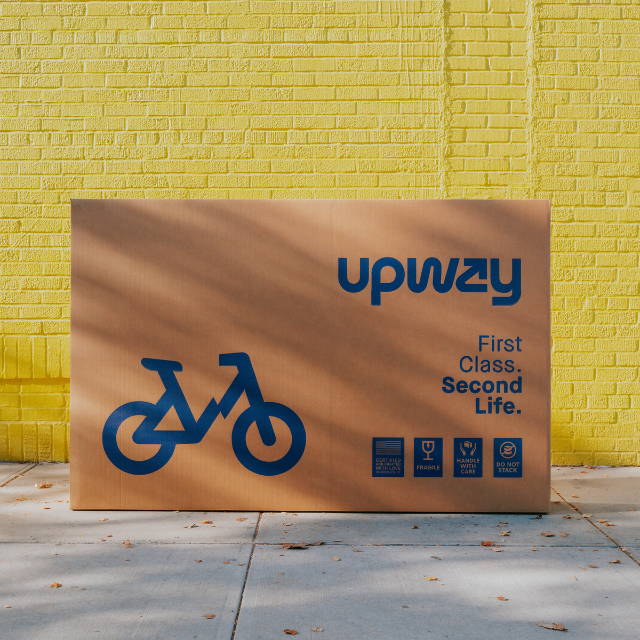How Often Should I Bleed the Brakes on My E-Bike?
Written by: Rémy Rossi | January 26, 2024 | Time to read 5 min
You’ve graduated to more advanced bike mechanics— find out how often you should bleed the brakes on your electric bike.

More about the Author: Remy Rossi
Rémy Rossi is a bike writer, mechanic, and educator who got his start in community-based bike shops and co-ops. With a decade in the industry, he still wrenches on bikes when he can and plays bike polo on a fixie.

Forget about over-frequent servicing and “keep, keep bleeding” your hydraulic brakes, since it’s not a repair that needs to be done very often. I’ll show you how often you should bleed the brakes on your e-Bike and the signs that’ll tell you it’s time for a bleeding.
👋 Welcome to Upway!
What does “bleeding brakes” mean?

Only hydraulic brakes require bleeding— mechanical brakes are controlled by a cable rather than brake fluid. The closed hydraulic system will take in air over time, gather contaminants, or “cook” the fluid which can affect brake performance. Bleeding the system gives the brakes a fresh start and a more responsive feel.
How often should I bleed the brakes on my e-Bike?

In general, if there’s no issue with your braking, no need to bleed. Bleeding the brakes is an involved process that is tricky even for experienced mechanics (like me) and requires specialized tools or e-Bike accessories. However, you may notice a slump in your brake performance which could indicate it’s time for a bleeding.
Mountain bikes and e-MTBs may need more frequent brake bleeding because of the heavy braking on steep descents— this puts higher wear on the system and may even “cook” or raise the temperature of the fluid too much. The extra heft and speed of electric bikes may lead to similar consequences. Road cyclists can bleed the brakes when the brakes feel squishy while recreational riders can probably go even longer between bleedings.
Signs that it’s time to bleed your brakes
1. Lever pulls to the bar
You may notice that the brake lever pulls all the way to the bar and still won’t provide sufficient stopping power. This may be due to worn-out brake pads, but if the pads are new (or lightly used), it means there is an excess of air inside the brake system. The trapped air bubbles mean pulling the lever won’t cause sufficient movement of the pistons and pads. You’ll have to bleed the brakes to remove the air bubbles.
2. Any time you open up the system
If you open up the hydraulic brake system for any reason, you’re going to have to bleed the brakes. This could be when replacing the lever, changing the hose, or swapping the calipers. Those repairs expose the system to air and you’ll have to bleed the brakes to ensure it’s full up with fluid and no air whatsoever.

3. Regular servicing
Brake bleeding is a form of regular bike maintenance and will have to be done eventually during the life of your bike. The mechanics over at Park Tool recommend doing it every one or two years because moisture and contaminants can gradually work their way into the system, messing with the boiling point and performance of the fluid.
If you notice that the braking performance isn’t quite what it used to be (and you’ve ruled out other common problems), it may be time to bleed. Here at Upway, we take care of rigorously inspecting and reconditioning any used electric bike that comes through our doors, including a brake bleed so it returns back to its best.
4. Brakes feel spongy

Key Takeways
- Hydraulic brakes need periodic bleeding to replace old fluid and remove air, ensuring reliable performance.
- Frequency varies by use—annual bleeding is often unnecessary unless brakes feel spongy or underperform.
- Watch for signs like squishy brakes, lever pulling to the bar, or after opening the hydraulic system.


